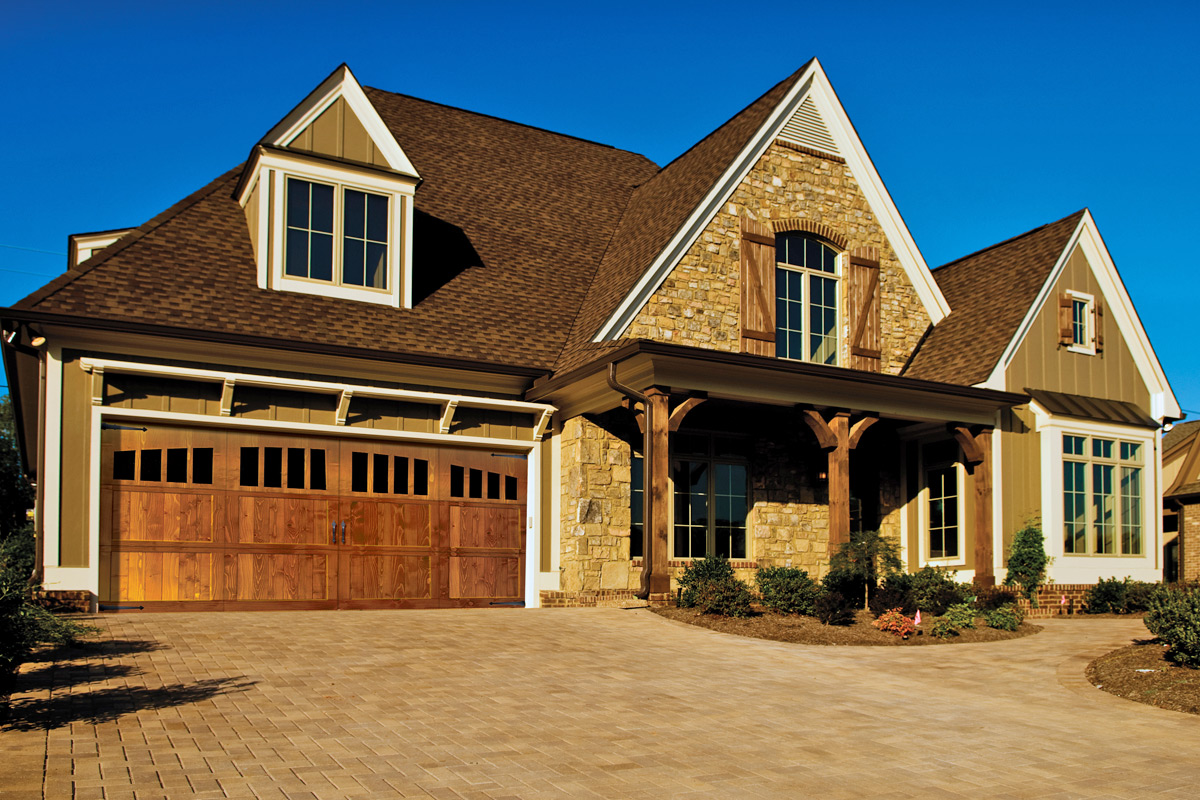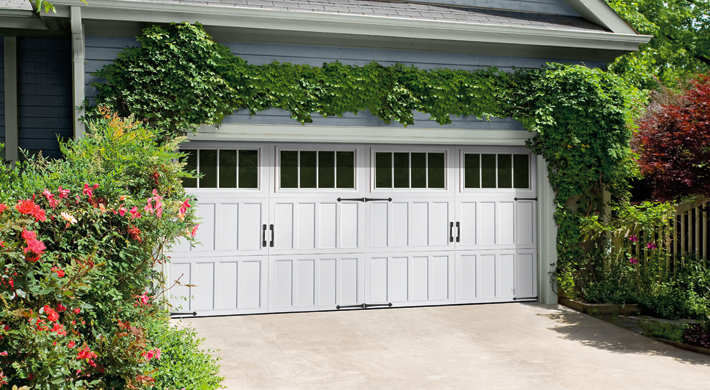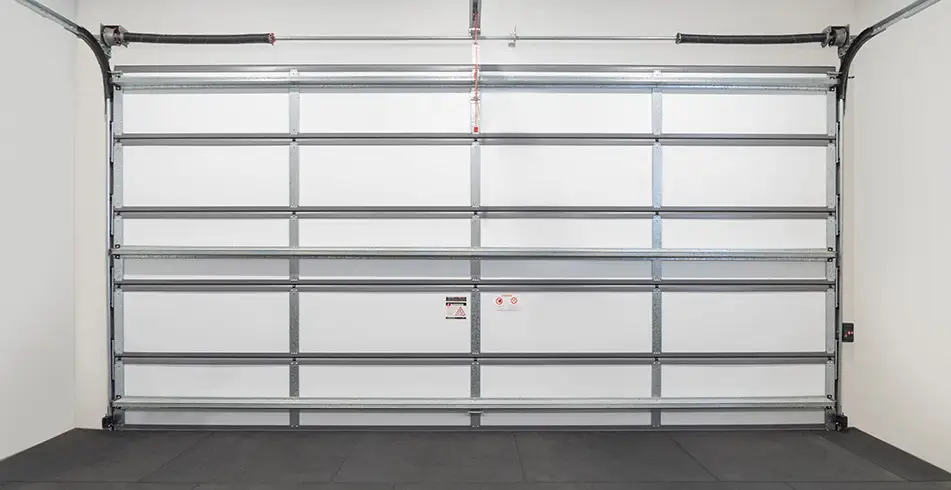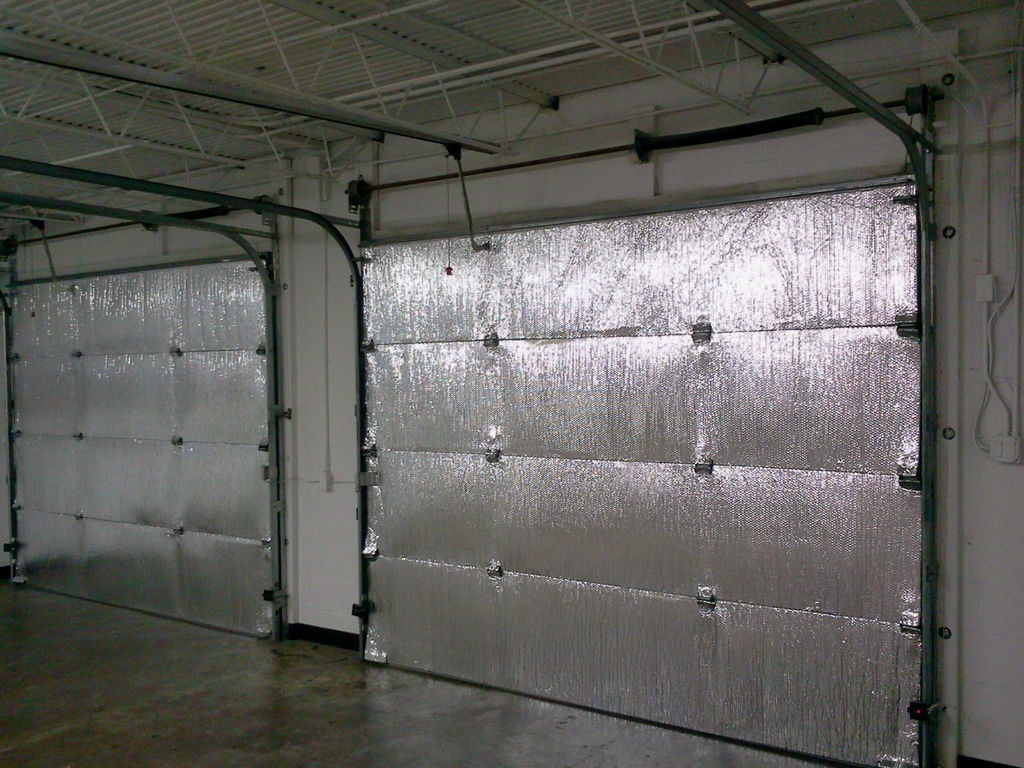Welcome, homeowners! If youre considering doing your own garage door maintenance, knowing which way to wind garage door spring is vital. This critical knowledge ensures the proper functioning and longevity of your garage door, preventing potential hazards and costly repairs.

Understanding Garage Door Springs
Garage door springs play a crucial role in counterbalancing the weight of the door, allowing it to open and close effortlessly. There are two main types of springs: torsion springs and extension springs.
Torsion Springs
Torsion springs are mounted above the closed garage door. When the door is down, these springs are tightly wound, storing mechanical energy. The energy is then released to help lift the door.
Extension Springs
Extension springs are located on either side of the door, stretching alongside the horizontal tracks. They extend and contract as the door closes and opens.
Importance of Winding Direction
Winding the springs in the correct direction is crucial for the functionality of the garage door.
Torsion Spring Winding Direction
For torsion springs, the winding direction determines how the door operates. Winding the spring incorrectly can cause the door to be unbalanced, leading to poor performance or damage.
Extension Spring Winding Direction
For extension springs, the direction is less about winding and more about ensuring the springs are installed correctly to avoid any mishaps.
Steps to Wind Torsion Springs Correctly
Winding torsion springs needs precision and caution. Here are the steps:
Step 1: Safety First
Wear safety goggles and gloves. Make sure the garage door is closed and secured.
Step 2: Identify the Spring Type
Ensure you know the type of torsion spring. Right-hand wound springs are typically on the left side, and left-hand wound springs are on the right.
Step 3: Use a Winding Bar
Insert the winding bar into the winding cone. Turn the bar in the direction specified for your spring type typically clockwise for right-hand wound and counterclockwise for left-hand wound springs.
Common Mistakes and How to Avoid Them
Avoid these pitfalls when winding garage door springs:
Mistake 1: Incorrect Winding Direction
Follow the specified directions for winding. Incorrect winding can cause serious issues.
Mistake 2: Not Securing the Door
Ensure the door is secure to avoid accidents. Check the doors balance after winding the springs.
Maintaining Your Garage Door Springs
Proper maintenance can extend the life of your springs and ensure safe operation.
Regular Inspections
Perform regular visual inspections to check for wear and tear. Look for gaps, rust, or elongation in the springs.
Professional Maintenance
For detailed maintenance, consider a professional garage door service. They have the tools and expertise to handle the job safely.
Refer to this external link for more spring maintenance tips.
Replacing Your Garage Door Springs
When maintained properly, garage door springs can last for years. However, they will eventually need to be replaced.
When to Replace?
Replace springs if you notice wear or damage. Waiting too long can be hazardous.
Professional Replacement
Consider hiring a professional to replace worn springs. This job can be dangerous without the right tools and knowledge.
Check out these time to replace your garage door guides.
Beyond Springs: Other Garage Door Components
Maintaining your garage involves more than just the springs. Inspect other components regularly for wear and tear.
Lift Cables
Lift cables work with the springs to lift the door. Look for fraying or damage in the cables.
Rollers
Inspect the rollers for cracks or wear. Replace damaged rollers promptly.
Hinges
Check the hinges for rust or breaks. Lubricate them to ensure smooth operation.
For insights into common problems with garage doors, visit this internal link.
Safety Precautions
Garage door springs are under high tension. Always follow safety guidelines when working with them.
Use Safety Equipment
Wear safety glasses and gloves to protect yourself.
Disconnect the Opener
Always disconnect the garage door opener before starting maintenance.
Secure the Door
Ensure the garage door is securely closed to prevent accidents.
Conclusion
Understanding
FAQs
1. Can I wind garage door springs by myself?
While it’s possible, it’s highly recommended to hire a professional due to the potential risks involved.
2. How often should I inspect my garage door springs?
Inspect the springs every six months for wear and tear.
3. What are the signs that my garage door spring needs to be replaced?
Signs include gaps in the spring, rust, and the door not lifting properly.
For more information on garage door maintenance, visit this maintenance tips page.










